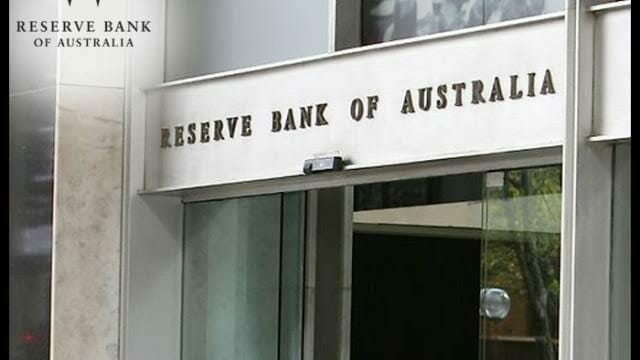The Reserve Bank of Australia announced on Tuesday that it would maintain “accommodative monetary policy” through December, citing the new threat of the Omicron variant of COVID-19 to the economy.
During the RBA’s monthly monetary policy update, Philip Lowe, the governor of the Reserve Bank of Australia (RBA), acknowledged the Omicron variant.
He described the omicron variant as a “new source of uncertainty” in the Australian state of New South Wales (NSW), but downplayed its potential to derail the nation’s economic recovery.
“In the first half of 2022, the economy is expected to return to its pre-Delta path,” he said.
He cited increased wage growth as one of many positive signs for the economy’s recovery as a result of Australia’s recovering labor market.
“This (increase in wage growth) is expected to be gradual, but there is uncertainty about wage behavior as the unemployment rate falls to historically low levels.”
“Household consumption is strongly rebounding, and the outlook for business investment has improved,” Lowe said.
He also expressed some skepticism about the Australian dollar, which he said had “depreciated and is around its lows of the past year.”
According to the RBA, Australia’s current inflation rate is 2.1 percent and is expected to rise to 2.5 percent by 2023.
Previously, the RBA committed to not raising interest rates above 0.1 percent until inflation was consistently within the 2 to 3% range.
The announcement also confirmed that the bank would not reduce its weekly purchases of government bonds worth 4 billion Australian dollars (about 2.8 billion US dollars) until at least mid-February 2022.

















Discussion about this post